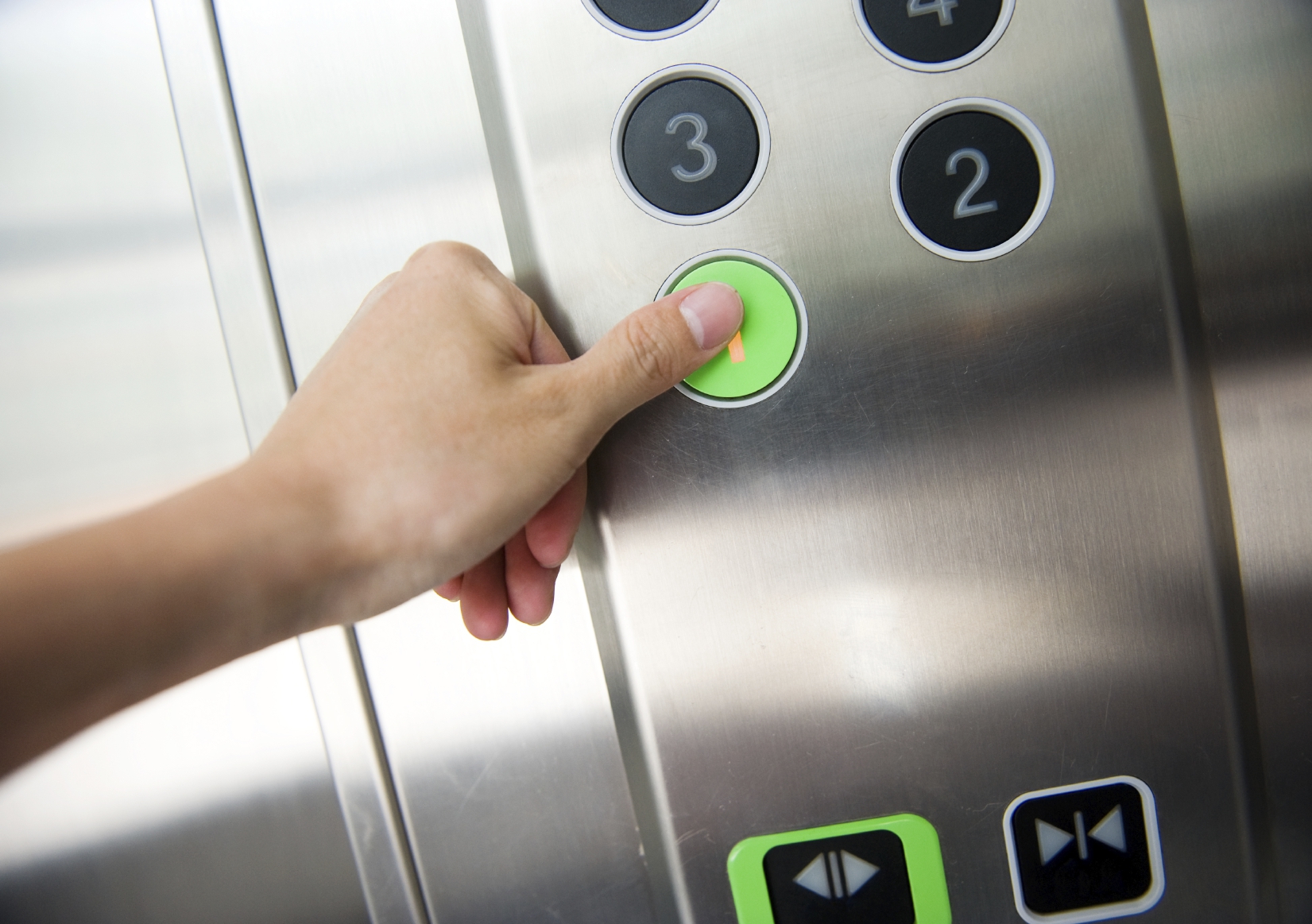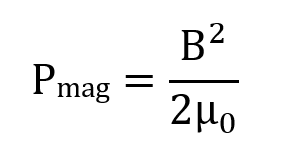MagLev Technology and the Lifts of the Future
Contents |
Introduction
MagLev, or magnetic levitation, has recently started to be used for public transportation across the world. Although more expensive to construct than traditional transportation, MagLev does not require any moving parts and it allows for smooth and quiet transportation. Without the constraints of dry friction, MagLev allows for travel across a guideway containing magnets for stability, lift, and propulsion.
Technology
Magnetic forces counteract gravity and other acceleration forces. Magnetic levitation provides both stability, ensuring that the transportation system remains in the right position and does not flip, and lifting forces that counteract gravity.
Magnetic pressure is defined to calculate the amount of lift, which is done through the following equation:
Pmag represents the force per unit area, in Pascals, B represents the magnetic field in Teslas, and μ0 represents the permeability of vacuum.
The stability factor means that, any displacement as small as it is, away from a stable equilibrium will cause a net force that will push it back to the equilibrium point. Electronic stabilisation, or diamagnetic materials, are stable along at least one axis and have the potential for stability along all axes. Earnshaw's theorem has conclusively proven that paramagnetic, static, and macroscopic fields alone can’t provide stable levitation.
MagLev Transportation
With the potential to exceed speeds of 4,000 miles per hour, or 6,400 km/h, MagLev presents a fast method of mass transportation for the future. With sky high buildings being developed, MagLev could be the answer for less expensive solutions that allow engineers to address the challenge of ensuring lifts can rise to the sky.
With lifts that can travel through lift shafts without cables, lifts won’t need to adapt to the building design. MagLev presents a smaller carbon footprint and can also transport approximately 45% more passengers than other lifts.
Lifts are dispatched much quicker, with the traditional ‘up and down’ system no longer limiting lift design. Destination dispatch technology will also ensure that multi-lift installations in buildings provide an optimised lift use.
Selecting the floor or even the building of destination will be easier, with lifts picking up passengers efficiently according to where they want to go. This technology will also provide a major benefit while utilised alongside MagLev technology, completing transforming how lifts are designed, installed, and used.
--Nathan Massey 15:31, 24 Aug 2017 (BST)
Related articles on Designing Buildings Wiki
- Access and inclusion in the built environment: policy and guidance.
- Considerations When Installing a Residential Lift.
- Disabled access lifts.
- Firefighting lift.
- Lift motor room.
- Lift Standards: EN 81-20 and EN 81-50.
- Lifting device.
- Lifting platform.
- Lifts and Their Special Operating Modes.
- Lifts for office buildings.
- Low pit lifts.
- Megaprojects Set to Explode to 24% of Global GDP Within a Decade.
- The history of lifts.
- The importance of service lifts.
- The science of lifts.
- The world’s fastest mode of transport could soon be here.
- The world's fastest lifts.
- Types of lift doors.
- Wheelchair platform stairlifts.
Featured articles and news
RTPI leader to become new CIOB Chief Executive Officer
Dr Victoria Hills MRTPI, FICE to take over after Caroline Gumble’s departure.
Social and affordable housing, a long term plan for delivery
The “Delivering a Decade of Renewal for Social and Affordable Housing” strategy sets out future path.
A change to adoptive architecture
Effects of global weather warming on architectural detailing, material choice and human interaction.
The proposed publicly owned and backed subsidiary of Homes England, to facilitate new homes.
How big is the problem and what can we do to mitigate the effects?
Overheating guidance and tools for building designers
A number of cool guides to help with the heat.
The UK's Modern Industrial Strategy: A 10 year plan
Previous consultation criticism, current key elements and general support with some persisting reservations.
Building Safety Regulator reforms
New roles, new staff and a new fast track service pave the way for a single construction regulator.
Architectural Technologist CPDs and Communications
CIAT CPD… and how you can do it!
Cooling centres and cool spaces
Managing extreme heat in cities by directing the public to places for heat stress relief and water sources.
Winter gardens: A brief history and warm variations
Extending the season with glass in different forms and terms.
Restoring Great Yarmouth's Winter Gardens
Transforming one of the least sustainable constructions imaginable.
Construction Skills Mission Board launch sector drive
Newly formed government and industry collaboration set strategy for recruiting an additional 100,000 construction workers a year.
New Architects Code comes into effect in September 2025
ARB Architects Code of Conduct and Practice available with ongoing consultation regarding guidance.
Welsh Skills Body (Medr) launches ambitious plan
The new skills body brings together funding and regulation of tertiary education and research for the devolved nation.
Paul Gandy FCIOB announced as next CIOB President
Former Tilbury Douglas CEO takes helm.
UK Infrastructure: A 10 Year Strategy. In brief with reactions
With the National Infrastructure and Service Transformation Authority (NISTA).

























